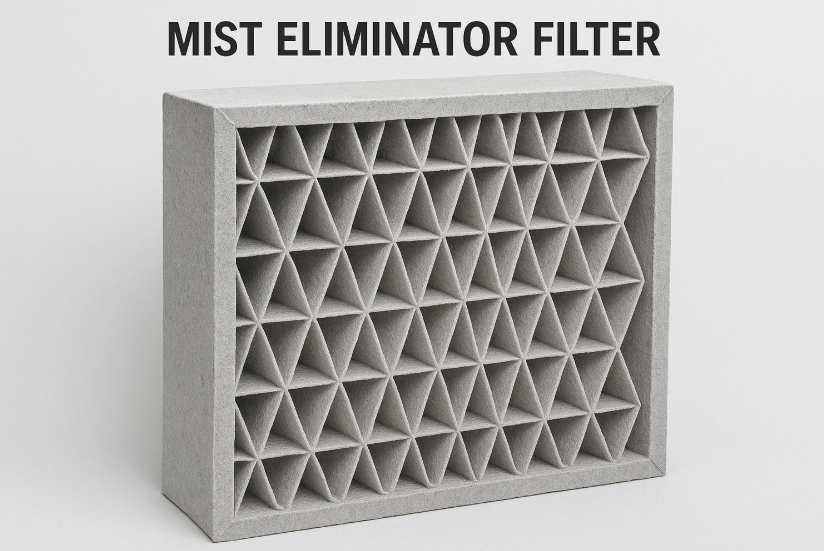Air quality plays a much bigger role in our comfort and health than most people realize. Whether it’s your home, office, or workshop, the air around you is constantly circulating through a ventilation or HVAC system — and the filter inside it determines how clean that air really is. For many households, switching from disposable filters to washable filters is an easy yet impactful upgrade that pays off in both performance and savings.
While disposable filters have long been the standard, washable ones are quickly becoming a smart choice for people who care about sustainability, cost efficiency, and convenience. But before deciding if they’re right for you, it helps to understand how they work, what makes them different, and how to maintain them properly for the best results.
What Washable Filters Are and How They Work
A washable filter is designed to be cleaned and reused instead of thrown away after a few weeks of use. The structure typically consists of a sturdy metal or plastic frame holding layers of filtering material — often fine mesh, foam, or synthetic fibers.
Here’s the basic process:
- Air enters your HVAC or air purifier system carrying dust, lint, and microscopic debris.
- The filter traps these particles while allowing clean air to flow through.
- Over time, the trapped dirt builds up, and instead of discarding the filter, you simply wash it off, dry it, and reinstall it.
It’s a straightforward cycle that reduces waste and maintenance costs. Think of it like reusable water bottles replacing disposable plastic ones — the same function, but with far less waste over time.
Most washable filters come with an electrostatic feature. As air moves through, friction generates a small static charge that attracts fine particles like pollen, dander, and smoke. This makes them highly effective without using additional chemicals or power.
The lifespan of a washable filter can range anywhere from five to ten years with proper care, which means one purchase can outlast dozens of disposable replacements.
Advantages Beyond Cost and Convenience
While saving money and reducing waste are obvious benefits, washable filters also bring several indirect advantages that often go unnoticed.
Quieter Operation
A clogged filter can cause unusual noises as the system struggles to circulate air. A clean washable filter allows smooth airflow, which reduces sound levels. The result is a quieter, more comfortable indoor environment.
Better for Allergy Management
People with allergies benefit greatly from filters that can be cleaned more often. For instance, someone allergic to pollen might clean their filter weekly during spring. This kind of control isn’t possible with disposable filters that need replacing every few months.
Reduced Odors
Because washable filters can be cleaned as often as needed, they’re better at preventing odors from lingering in the air. For example, cooking smells, pet dander, or smoke particles can be washed away instead of accumulating over time.
Custom Fit and Longevity
Many washable filters are built with rigid frames that resist bending or warping, ensuring a tight seal inside the system. This not only prevents air leaks but also allows for years of consistent performance.
All of these factors contribute to a cleaner, more efficient home that feels fresher year-round.
Are Washable Filters Right for Every Home?
While these filters offer numerous advantages, they’re not ideal for every situation. Here are a few points to consider before switching:
Time and Effort
Some people prefer the convenience of simply tossing out a used filter and replacing it with a new one. Washable filters require periodic cleaning and drying, which takes a bit of time and care.
Initial Investment
The upfront cost is higher than disposable ones, though it pays off over time. Homeowners who plan to move soon or use their HVAC system infrequently might not benefit as much.
Efficiency Ratings
Washable filters typically have lower filtration ratings (such as MERV 6 to 8) compared to high-efficiency disposable ones used in hospitals or cleanrooms. For most homes, this level of filtration is more than enough, but for specialized air quality needs, higher-rated filters might still be required.
Environmental Conditions
In very humid climates, drying time becomes more important. Failing to let the filter dry completely before reinstalling could create moisture-related problems, such as mildew growth.
Despite some drawbacks, washable filters remain a practical choice for most households. Their cost-effectiveness, long-term durability, and ability to reduce waste make them both economical and environmentally friendly. With proper maintenance, these filters provide reliable performance, flexibility, and efficiency, making them a smart solution for everyday air quality management.
Conclusion
Air quality maintenance doesn’t have to be complicated or wasteful. With washable filters, homeowners gain an efficient, long-term solution that keeps indoor air clean while reducing ongoing costs and environmental impact. By following simple cleaning routines and proper maintenance, these filters can last for years — delivering consistent airflow, healthier breathing conditions, and lower energy bills.

